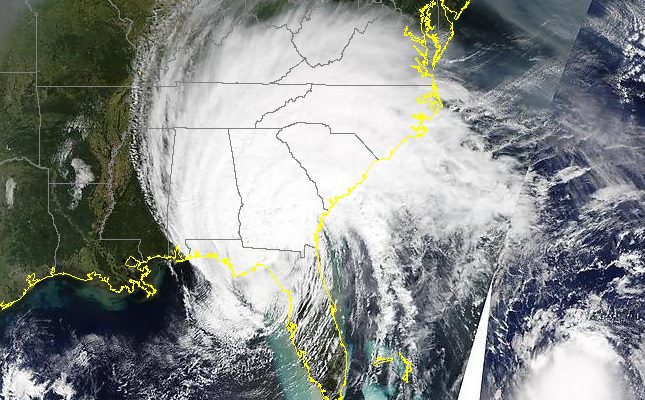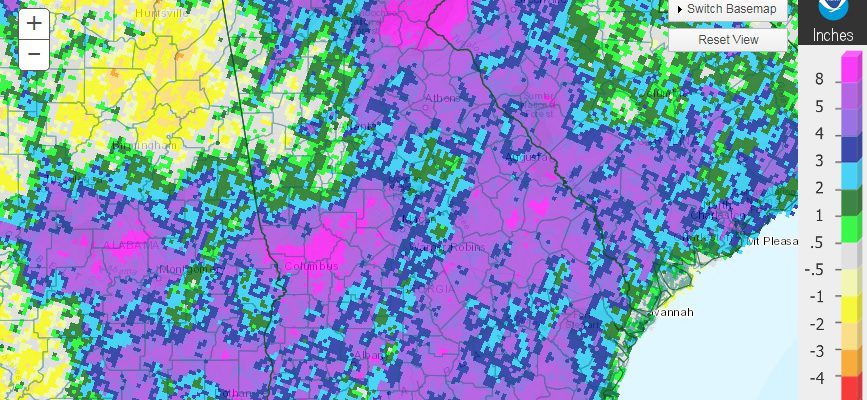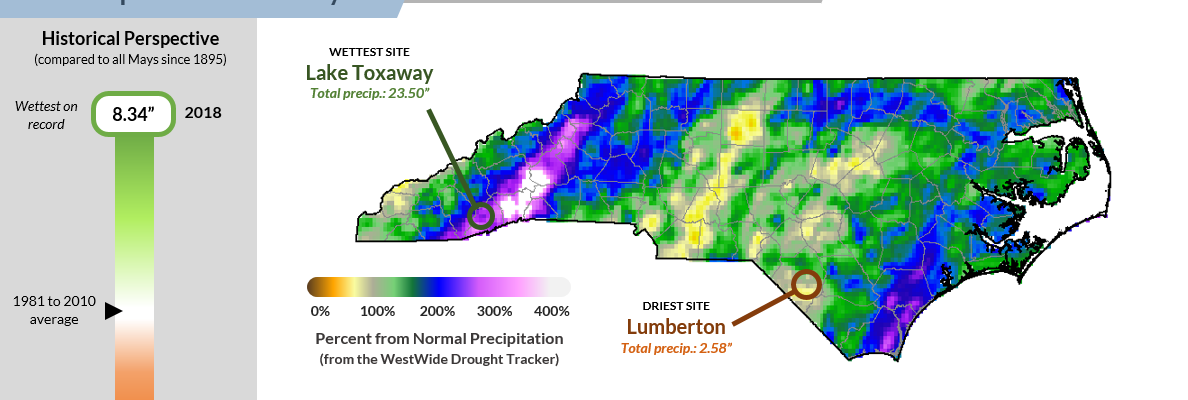-

Since we are just starting out our 2018 hurricane season, now is the time to think about how you are going to handle this year’s potential tropical events. Here is a good article from AZFamily on five lessons that we learned from last year’s storms. While we are not expecting quite so active a season…
-

After a cold March and April, the state of Georgia rebounded in May with well above-normal temperatures for almost all of the state. May started out very dry but in the second half of the month, rain fell almost every day at many locations, leading to precipitation totals well above normal. This was aided by…
-

Weather Underground had an interesting story a week ago about a terrible weather-related disaster that killed between 100,000 and 230,000 people in China in August 1975. Most of you have probably never heard about it since news reports in the US were quite thin. It’s especially timely this year because high rain amounts and a…
-

The monthly climate summary for May 2018 is now available from the Florida Climate Center. According to their report, this is likely to be the wettest May in Florida’s climate history based on preliminary data (final results to come in a week or so from NCEI). You can read their report at https://climatecenter.fsu.edu/products-services/summaries?id=522.
Posted in: Climate summaries -

The latest monthly summary for North Carolina covering May 2018 is now available. Sneak preview: it was their wettest May ever! You can read more at https://climate.ncsu.edu/climateblog?id=259&h=5666e5c1.
Posted in: Climate summaries -

This week’s research question from the Georgia Climate Project Roadmap comes from the section on agriculture. Since agriculture is the biggest industry in Georgia, the impacts of changing climate are going to hit our state’s economy hard but could also provide new opportunities for farmers to produce new crops or change their rotation strategies to…
-

With almost three weeks of rain under our belts, and everything dripping with moisture, the next thing to expect from all the standing water are clouds of mosquitoes. Besides being a nuisance, they can also carry diseases like West Nile Virus or Zika. Because of this, it is important to minimize pools of water where…
Posted in: Climate and Ag in the news